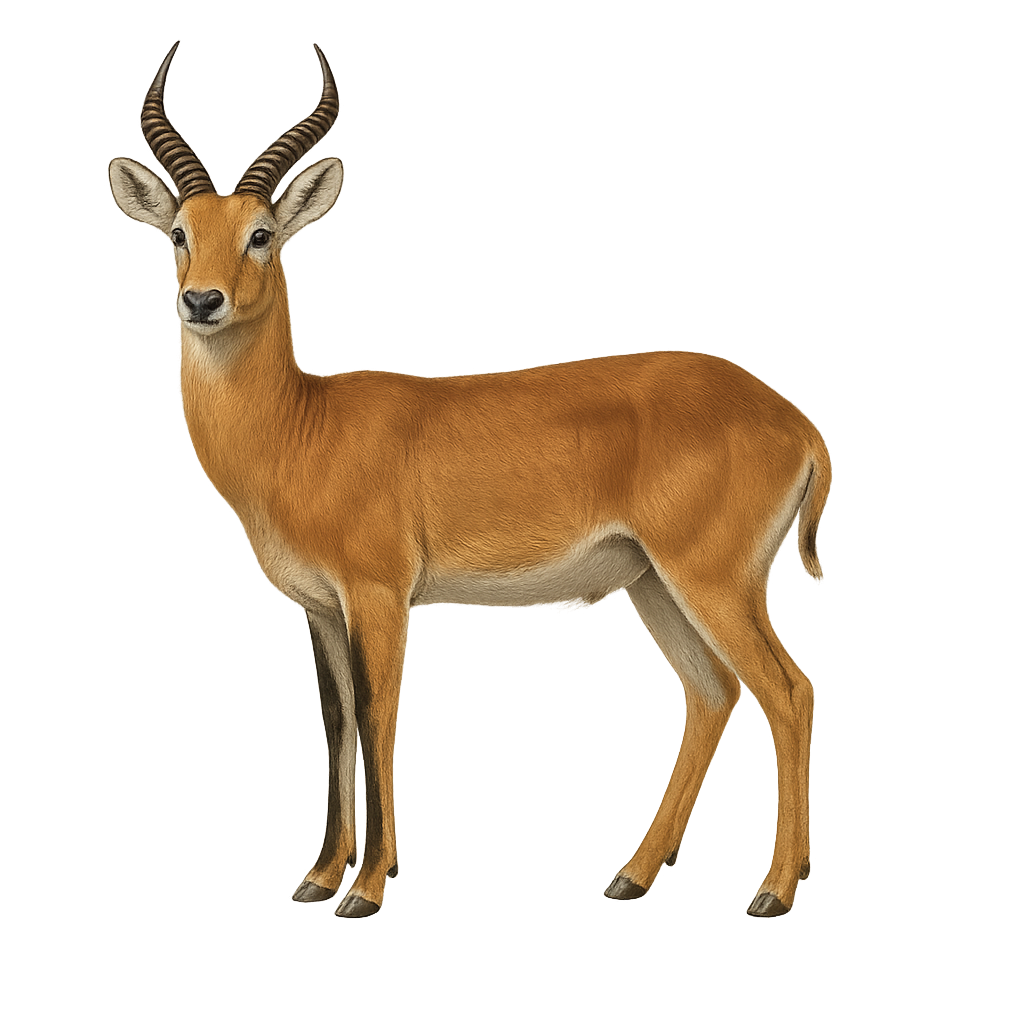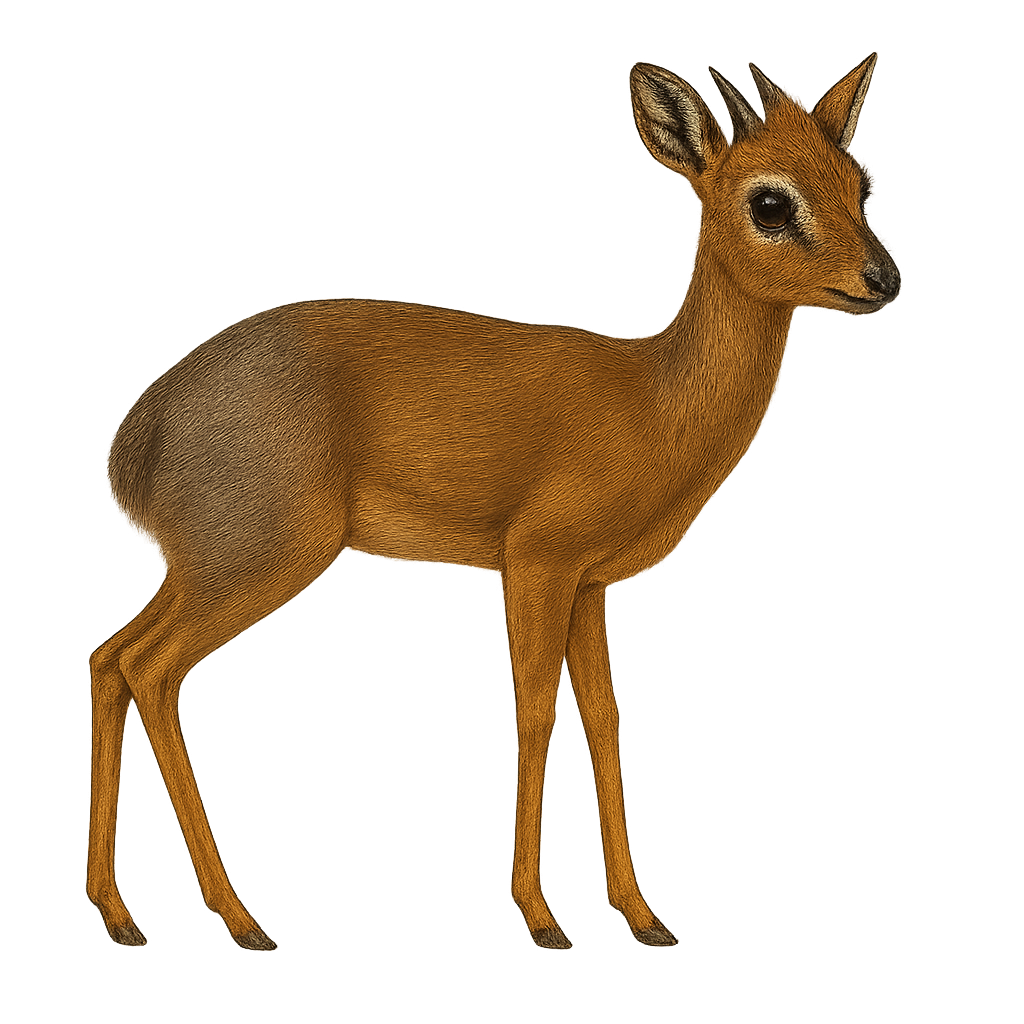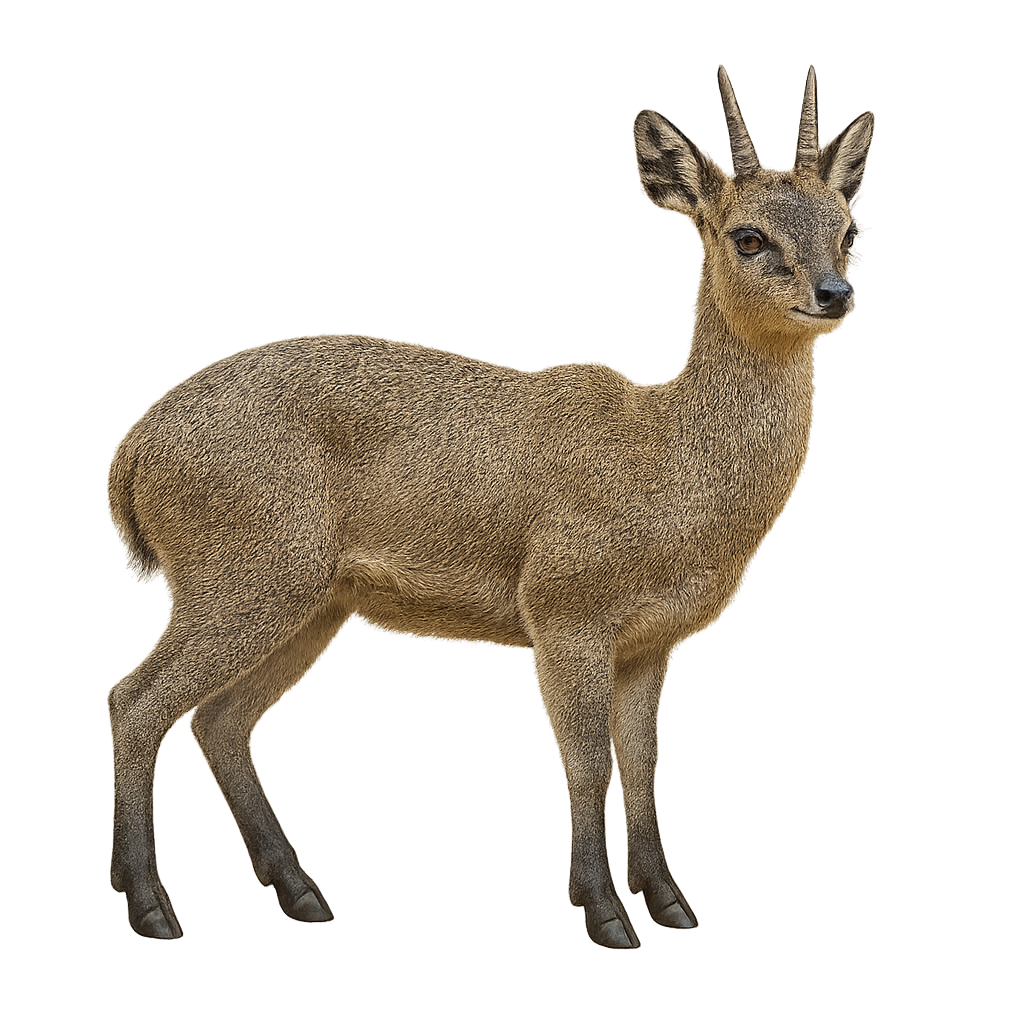Your wildlife tracking tool..
Browse 2,846species by country, track observations, and plan your photo outings.
Your global reference for wildlife photography
WildlifePhotographer gives you access to over 2,846 wildlife species sheets to help you identify, understand, and photograph wildlife around the world. Mammals, birds, reptiles… each sheet provides key information: habitat, activity, life cycle, signs of presence, and tailored photo tips.
Our database grows every week with new iconic species. To go further, access maps, reminders, logs, and personalized statistics in the app — designed to meet the real needs of wildlife photographers in the field.
Kob
Kobus kob
The kob, or Kobus kob, is a graceful and elegant antelope primarily found in West and Central Africa. Recognizable by its tawny coat, it has a lighter belly and white markings around the eyes and muzzle. Males boast magnificent lyre-shaped horns, while females lack them. These animals live in herds, often near water sources, and primarily graze on grasses. Their social behavior is complex, with males establishing territories during the breeding season. The kob is a keystone species in its ecosystem, playing a vital role in the food chain.
Kirk’s Dik-dik
Madoqua kirkii
The Kirk's Dik-dik is a small antelope, recognizable by its modest size and distinctive features, including its elongated snout and large, expressive eyes. Standing about 40 cm tall at the withers and weighing between 3 and 6 kg, it is one of the smallest members of the antelope family. Its coat is usually light brown or gray, with a paler belly and distinct facial markings. The Kirk's Dik-dik primarily inhabits savannas and wooded areas in East Africa, notably in Somalia, Kenya, Tanzania, and Ethiopia. It feeds mainly on leaves, fruits, and herbaceous plants. This small herbivore is mostly active at dusk and during the night, using its well-developed sense of smell to detect predators, emitting a characteristic call to alert other members of its group. The Kirk's Dik-dik is typically solitary or lives in small family groups. Although it is not currently threatened, it faces dangers such as habitat loss due to agricultural expansion and hunting.
Kangaroo
Macropus
The Kangaroo is an iconic marsupial, famous for its large size, powerful hind legs, and long tail. It typically measures between 1 and 1.8 meters in length, with a tail length of 80 to 100 cm, and can weigh between 18 and 90 kg, depending on the species. Its coat varies depending on the species but is generally gray or red, with dense fur that protects it from the extreme temperatures of Australia. The Kangaroo is an excellent jumper, capable of covering large distances with its powerful hind legs and its tail, which serves as a counterbalance when it moves. Herbivorous, it primarily feeds on grass, leaves, and young shoots. Kangaroos primarily inhabit open plains, forests, and savannahs in Australia. They are social animals, often living in groups called "mobs," although they can also be solitary. While the species is not endangered, it is sometimes threatened by habitat loss, bushfires, and competition with livestock.
Koala
Phascolarctos cinereus
The Koala is an iconic tree-dwelling marsupial from Australia, easily recognizable by its grey-silver fur, large round ears, and heart-shaped black nose. It measures about 60 to 85 cm in length and weighs between 4 and 15 kg, with males generally being larger than females. The Koala has powerful claws adapted for its tree-dwelling lifestyle, spending almost its entire life in trees and feeding primarily on eucalyptus leaves. Its diet is very specific, and while eucalyptus is an abundant food source, it is also toxic to most other animals, providing the Koala with some degree of protection from predators. The Koala is a nocturnal and solitary animal, spending the majority of the day sleeping in trees, seeking refuge in Australia's forested areas. It is a symbol of Australian wildlife, but its habitat is threatened by deforestation, bushfires, and disease, which has led to a decline in its population. Conservation efforts are underway to protect this marsupial and its natural habitat.
Klipspringer
Oreotragus oreotragus
The klipspringer is a small African antelope known for its agility on rocky terrains. Standing about 50 cm at the shoulder and weighing between 8 and 18 kg, it has a dense, coarse coat, often brownish-grey, which helps it blend into its surroundings. Its hooves are adapted to grip rocky surfaces, allowing it to move easily across cliffs and escarpments. Klipspringers typically live in pairs or small family groups and are highly territorial. They primarily feed on leaves, fruits, and flowers and can survive without water for extended periods, deriving necessary moisture from their diet.
Kermode bear
Ursus americanus kermodei
The Kermode Bear, also known as the "spirit bear" or "white-furred bear," is a rare subspecies of the American Black Bear. It measures between 1.2 and 1.8 meters in length and weighs between 70 and 250 kg. What particularly distinguishes the Kermode Bear is its coat, which can vary from black to creamy white, although the majority of these bears have black fur. This subspecies primarily lives in the humid forests of British Columbia, Canada, and feeds mainly on fruits, berries, fish, and small mammals. The Kermode Bear is typically solitary and inhabits remote areas. Although it is relatively rare, it is not considered to be in immediate danger, though it faces threats from habitat loss and other human-related activities.







